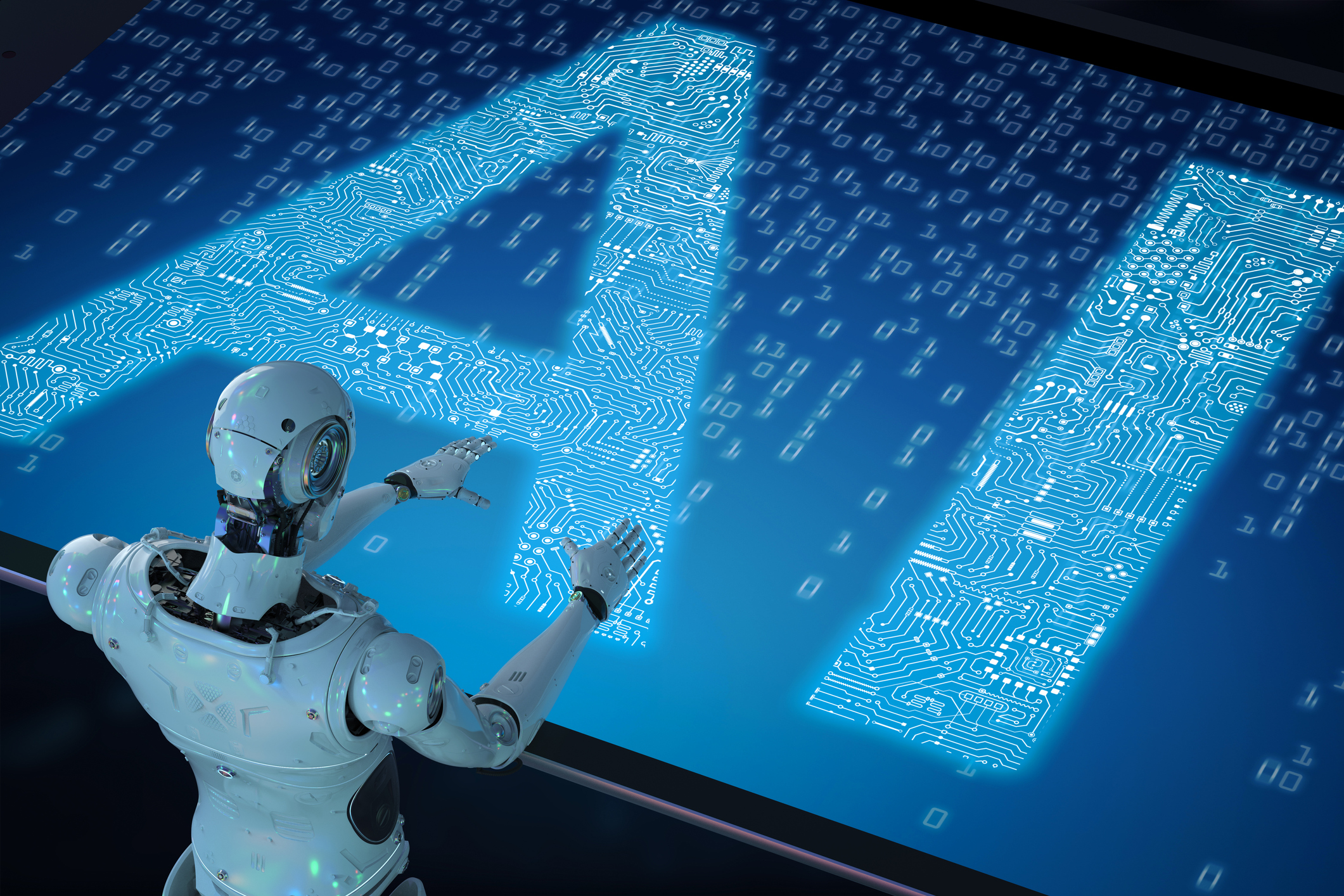
Can AI have hallucinations?
Well, perhaps not in the way that humans can, but that’s what researchers say a newly developed neural network has done after they designed it to randomly “think up” new protein structures.
In their report at Nature, the researchers describe how they “made up completely random protein sequences and introduced mutations into them until our neural network predicted that they would fold into stable structures,” as co-lead author Ivan Anishchenko explained. He is an acting instructor of biochemisty at the University of Washington School of Medicine and a researcher in David Baker’s laboratory at the UW Medicine Institute for Protein Design.
“At no point did we guide the software toward a particular outcome,“ Anishchenko said, “ These new proteins are just what a computer dreams up.”
In the future, the team believes it should be possible to steer the AI so that it generates new proteins with useful features.
“We’d like to use deep learning to design proteins with function, including protein-based drugs, enzymes, you name it,” said co-lead author Sam Pellock, a postdoctoral scholar in the Baker lab.
Proteins, which are string-like molecules found in every cell, spontaneously fold into intricate three-dimensional shapes. These folded shapes are key to nearly every biological process, including cellular development, DNA repair, and metabolism. But the complexity of protein shapes makes them difficult to study. Biochemists often use computers to predict how protein strings, or sequences, might fold. In recent years, deep learning has revolutionized the accuracy of this work.
For this project, the research team, which included scientists from UW Medicine, Harvard University, and Rensselaer Polytechnic Institute (RPI), generated two thousand new protein sequences that were predicted to fold. Over 100 of these were produced in the laboratory and studied. Detailed analysis on three such proteins confirmed that the shapes predicted by the computer were indeed realized in the lab.
“Our NMR [nuclear magnetic resonance] studies, along with X-ray crystal structures determined by the University of Washington team, demonstrate the remarkable accuracy of protein designs created by the hallucination approach”, said co-author Theresa Ramelot, a senior research scientist at RPI in Troy, New York.
“The hallucination approach builds on observations we made together with the Baker lab revealing that protein structure prediction with deep learning can be quite accurate even for a single protein sequence with no natural relatives,” explained Gaetano Montelione, a co-author and professor of chemistry and chemical biology at RPI . “The potential to hallucinate brand new proteins that bind particular biomolecules or form desired enzymatic active sites is very exciting”.
Photo by Phonlamai/Getty Images


